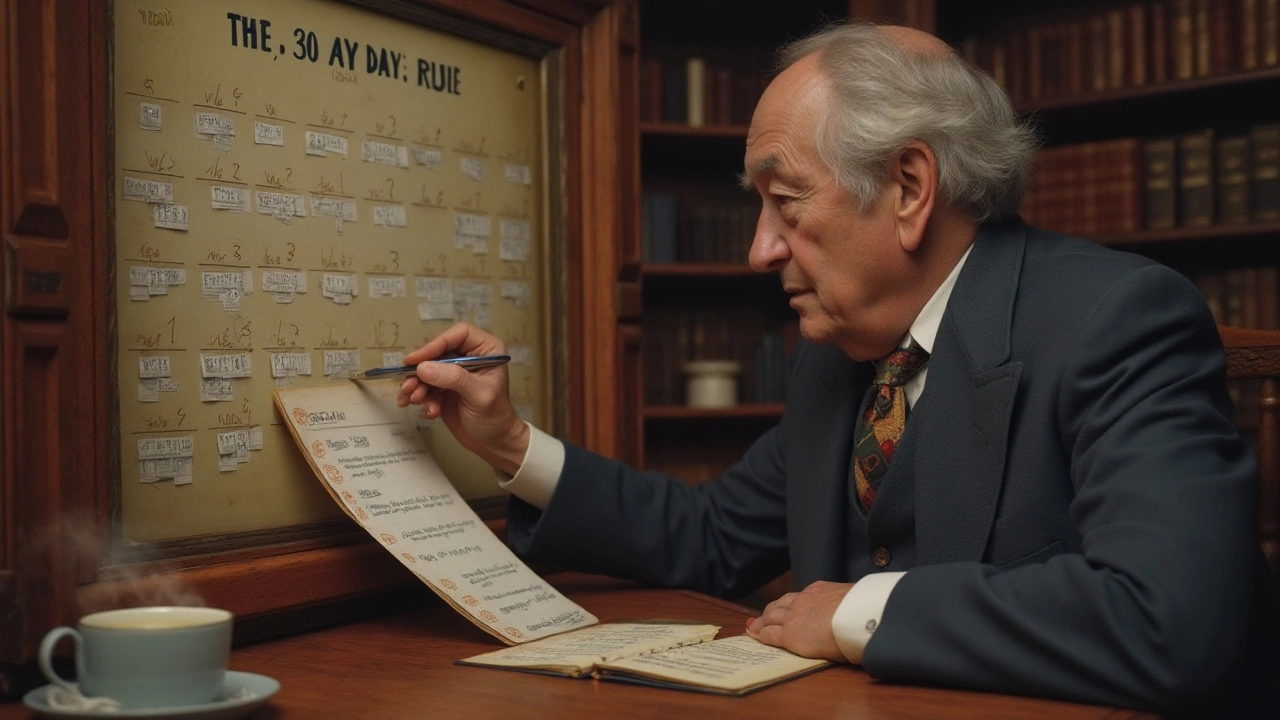Savings Strategy: Simple Steps to Grow Your Money
Everyone wants a bigger nest egg, but most people never get past the first hurdle – figuring out where to start. A savings strategy is just a plan that tells you how much to set aside, when to move it, and where to keep it so it grows. The good news is you don’t need a finance degree to build a solid plan. Below are three practical moves you can make today.
Start With a Realistic Goal
First, ask yourself what you’re saving for. Is it an emergency fund, a down‑payment for a house, or just a little extra for a holiday? Write the number down and break it into monthly targets. For example, if you need £5,000 in a year, you’ll need to stash about £420 each month. Seeing the exact figure makes the goal feel doable.
Make the goal visible. Put a sticky note on your fridge or set a reminder on your phone. When you see the number every day, you’re more likely to stick to the plan.
Make Your Money Work Harder
Saving a pound a month in a low‑interest account isn’t going to move the needle. Look for high‑interest savings accounts or instant‑access ISAs that offer 3‑4% APY in 2025. Even a small increase in rate can add an extra £30‑£40 a year on a £1,000 balance – that’s the idea behind our "How Much Interest Can You Earn on $1,000 in 2025?" article.
Automation is a game‑changer. Set up a direct debit that moves money straight from your checking to your savings on payday. You won’t miss it because it never hits your spendable balance.
Cut the easy waste. Check your last three months of bank statements and flag any recurring charges you don’t need – think that $5 streaming service you never watch. Redirect that money into your savings bucket.
If you’re on a tight budget, consider the 50/30/20 rule. Allocate 50% of income to essentials, 30% to lifestyle, and 20% directly to savings or debt repayment. Our "50 30 20 Rule of Money" post shows how this simple split can keep you on track without feeling restricted.
For those wondering if a modest income can stretch far, see the "Can You Really Live on $2000 a Month?" guide. It breaks down real costs and shows where small shifts – like cooking at home more often – free up cash for saving.
Finally, track your progress. A quick glance at a spreadsheet or budgeting app each week tells you if you’re ahead or need to tighten up. Seeing the balance grow is a powerful motivator.
In short, pick a clear goal, automate your contributions, choose a high‑yield account, and trim the unnecessary spend. Follow these steps and you’ll watch your savings stack up faster than you thought possible.

Discover the 30-day rule, a powerful technique to enhance your money management skills. Learn how this simple practice can help curb impulse spending and boost your savings. Delve into practical applications and hear about real-life success stories that highlight the effectiveness of this strategy. With the 30-day rule, you can transform your financial habits and achieve your financial goals more effectively. Explore this budgeting tool and start making informed spending decisions today.
Read More